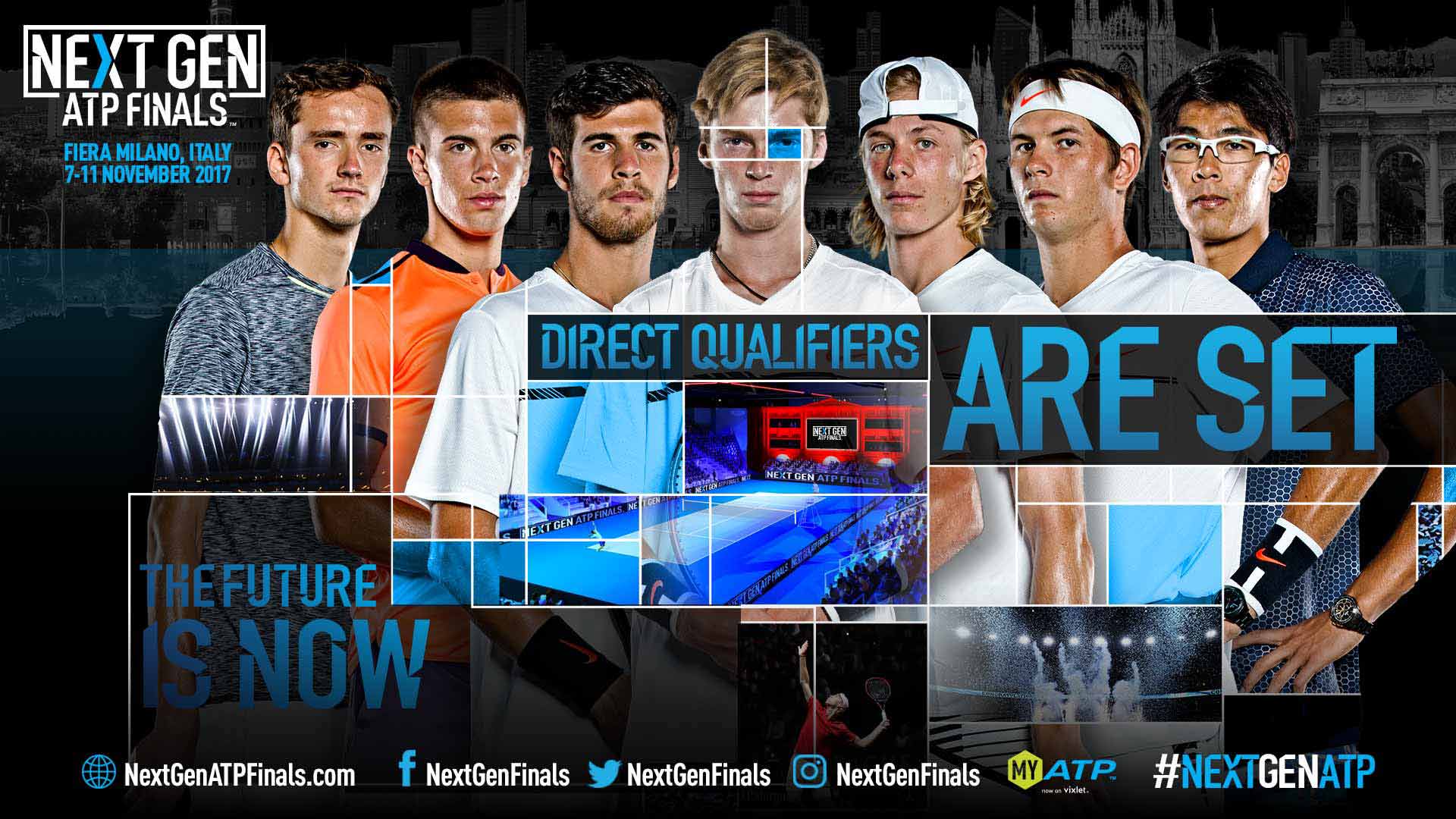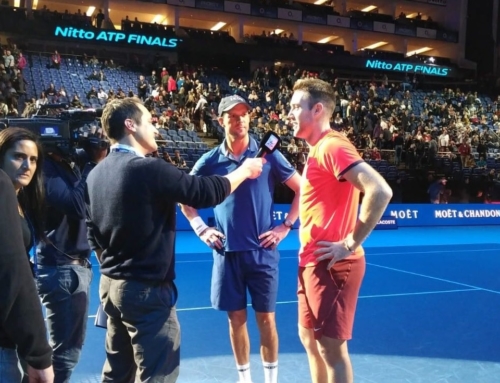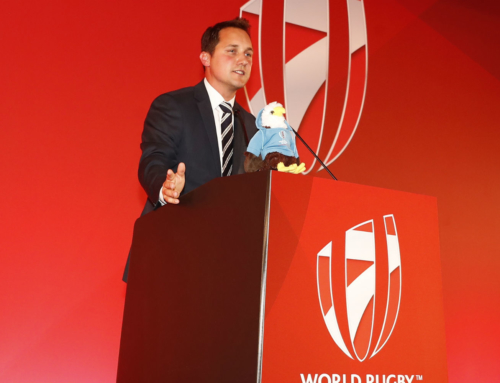Off the back of the Rolex Paris Masters, it’s a real privilege to be working at the NextGen ATP Finals in Milan this week, where tennis innovation is the name of the game. Interviewing ATP Executive Chairman and President Chris Kermode at the start of the show for the TV world feed, he underlined how strong a position the game of tennis is in, but also that the decision-makers are thinking more about the millennials than themselves when considering what the sport should look like in 5-10 years. I think that shows really strong administration, and trialing it all in a live laboratory with millions watching on TV is brave, and great entertainment!
It’s fascinating watching eight of the finest players in the world aged 21 or under, firstly wondering which of them might go on to win grand slams but, perhaps more importantly, pondering which of the trial innovations we might see on the ATP tour over the next few years. Here’s my take on them, starting with what I see as the most likely and then in descending order from there.
Serve shot clock
For: This seems a no-brainer. The umpire controls the clock so still has discretion on when he/ she starts the 25 second count-down, so if there’s a 100-shot rally and 20 seconds of applause they can still give the players more time.
Against: Nothing, in fact I’d go even further. I think the 5-minute warm-up is too long and I’d scrap that too – the players can warm up somewhere else. When I tune in to watch a match at 2.30 I want the action to start at 2.30, like in most other sports.
Play-on for a let
For: This is also a no-brainer for me. It adds an element of surprise and it keeps things moving along. Worst case scenario is that a serve becomes a drop shot on match point … so react!
Against: Again nothing. I know it’s in the players’ and umpires’ DNA to stop and call the let but they’ll adapt quickly
Electronic line-calling
For: Hawk-eye’s had the tech ready for a while and it’s working well at the NextGen fjnals. Aesthetically it tidies the court up with fewer bodies, which is good for broadcast. It gives comfort to the players that the calls are 100% correct, and most importantly for me it saves a lot of time. The challenge system is engaging but on average probably adds a quarter of an hour to a match. I know they don’t rule the world but when millennials are saying shorter is better, if you can shave 15 minutes off a match and improve the calling, why not?
Against: I understand concerns that having no line judges takes a lot of people out of the ‘tennis family’. You’ve also got to consider the cost and whether it can be implemented right across the pro game for consistency?
In-match coaching
For: TV has been asking for this for a long time so why wouldn’t tennis follow in the footsteps of other sports? Basketball has the time-out, NFL has constant stoppages, boxing has the trainer, even golf has the caddy. It’s a marmite change – some people will like it, some people won’t – but it doesn’t negatively impact anything.
Against: I just have some questions: how and when is it best done, and who is it really for? I like the ATP NextGen trial where it’s only allowed between sets and on a headset with the coach talking over comms on a split-screen. But only allowing the coaching to be done in English doesn’t feel right to me. I know a world feed has English graphics and commentary but I think 30 seconds of foreign language could enrich the broadcast. Mostly the coaching will happen in English anyway because it’s often the shared language between, say, a Russian player and his Spanish coach. But… if it ends up being Rafa Nadal and Carlos Moya, asking them to struggle in pidgin English for the English-speaking world’s benefit seems tough to me and deprives viewers in Spain and Latin America of a priceless viewing experience. So be brave and let them talk in whatever language they want.
No ad scoring
For: I like it, it speeds things up. I also like the server getting the choice of sides at 40-40. It’s a huge advantage for lefties but it’s only fair, especially if the sets are shorter.
Against: It’s a radical change and not everyone has liked it in doubles.
First-to-4 game sets, best of 5
For: I’m intrigued by this one because I think it feels more radical than it actually is. It may end up giving you almost the same amount of tennis but with more peaks in excitement for the fans (ie more climaxes to sets and tie-breaks).
Against: We recognise best-of-5 sets from grand slams but because tennis has always been first to 6 or 7-6, first to 4 and a tie-break at 3-3 just feels weird. It will take a brave decision for this to be adopted, but might just lead to a more explosive, exciting product?
If you read this and want to watch the NextGen finals now, check listings for your usual tennis broadcaster. You can also watch on Tennis TV and Amazon Prime Video. And you can also listen live on ATP Tennis Radio.
Image credit: ATP





